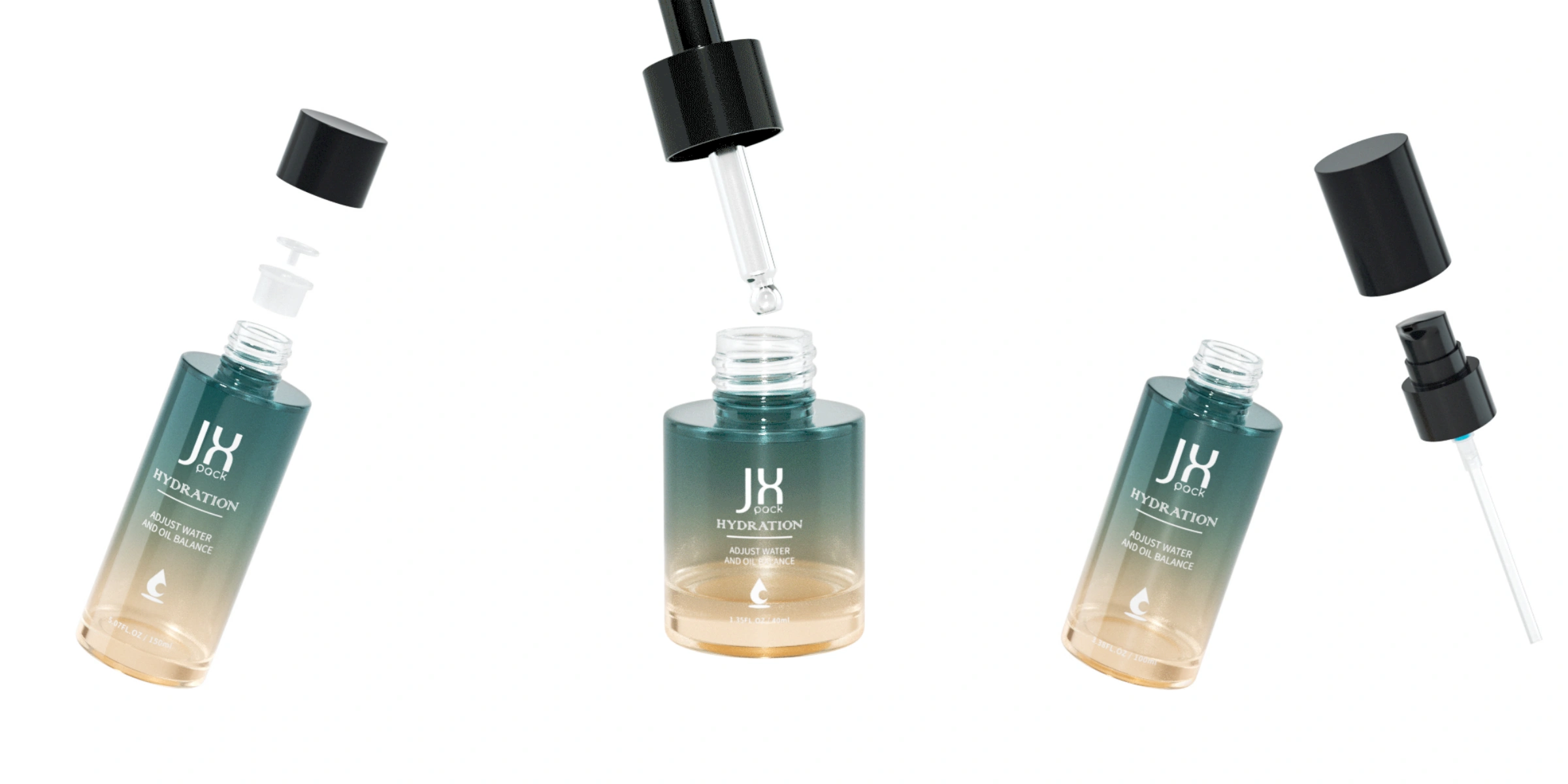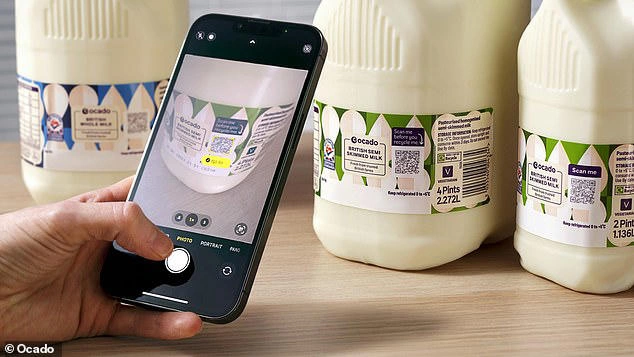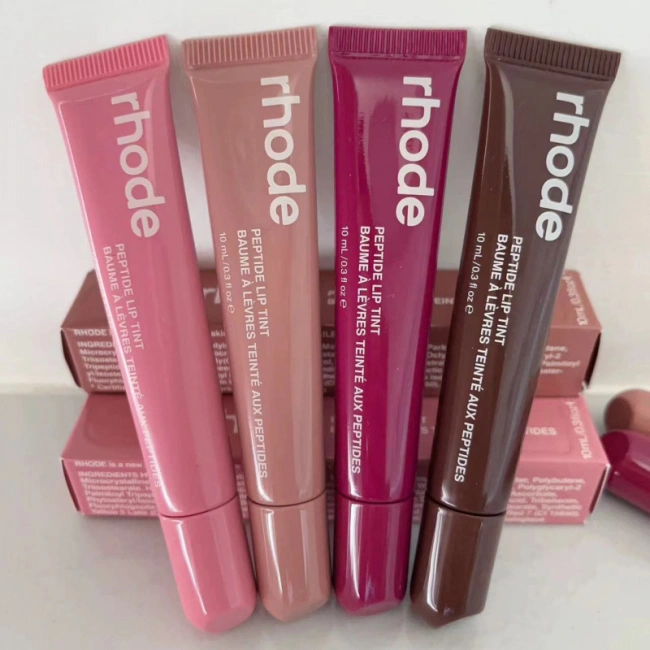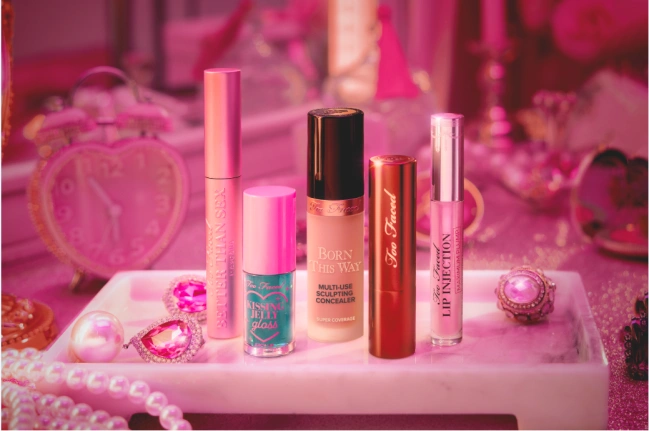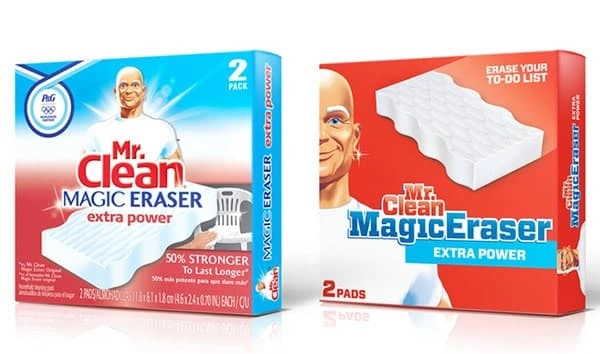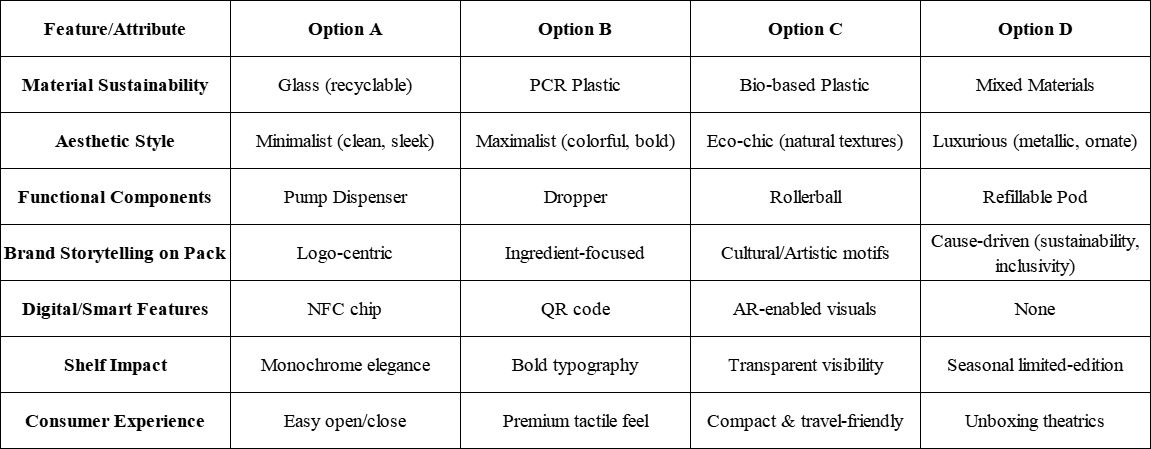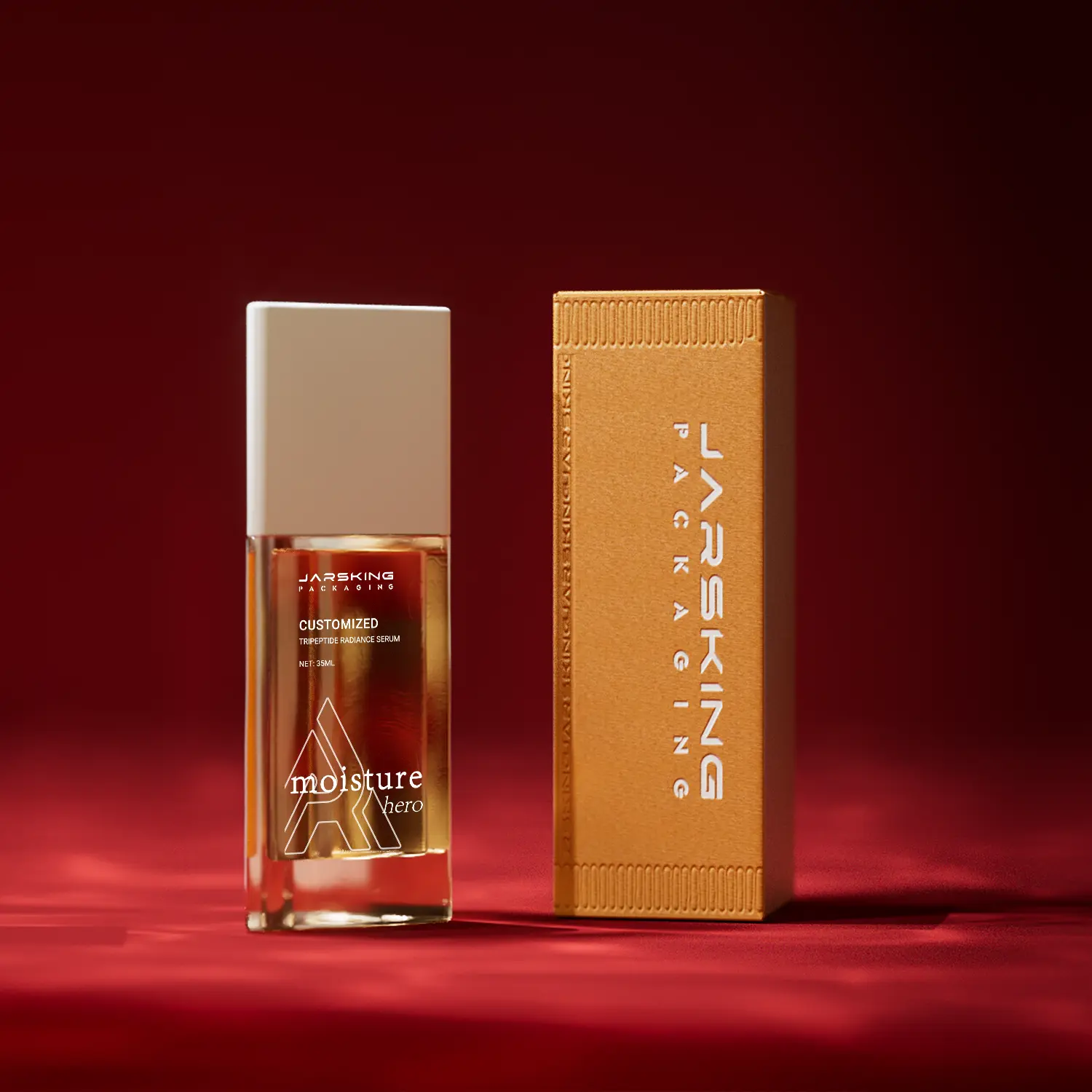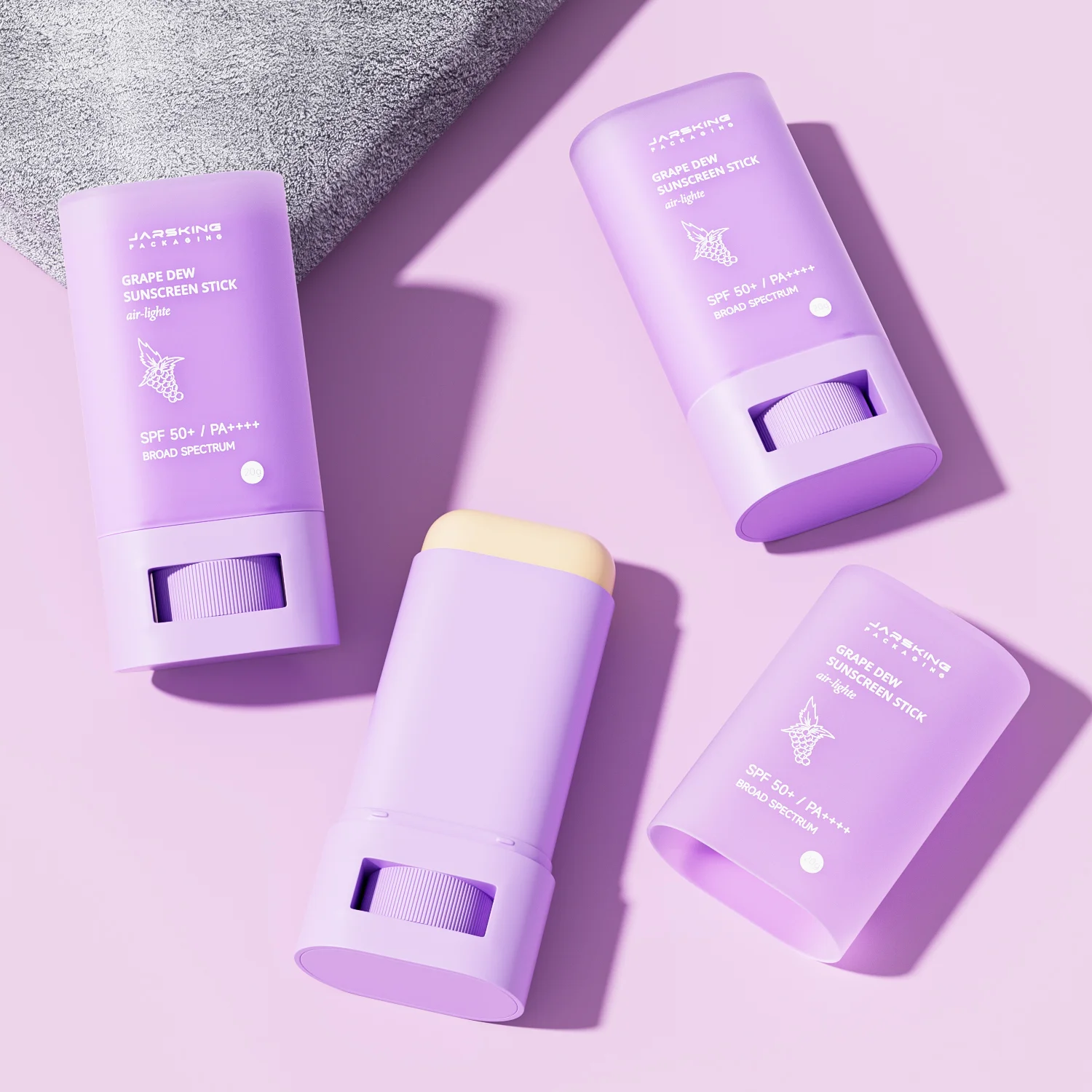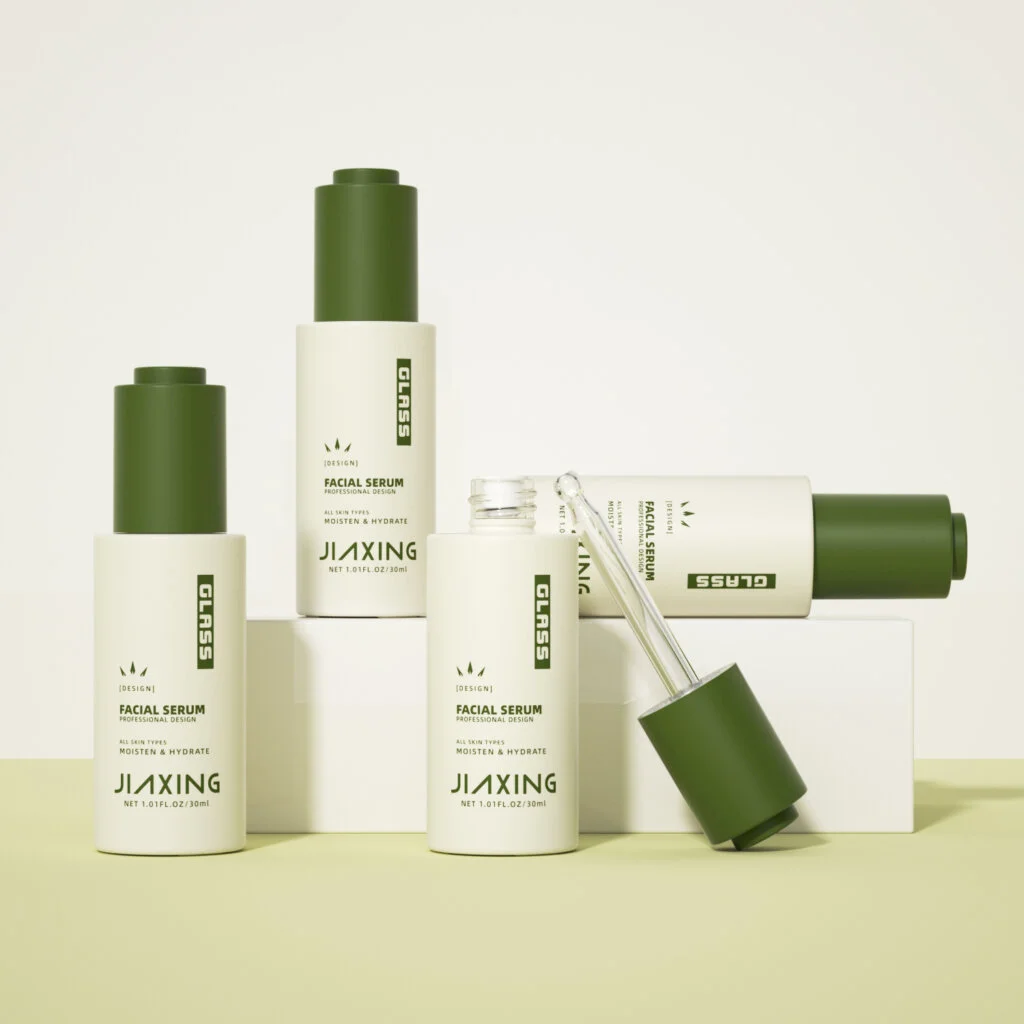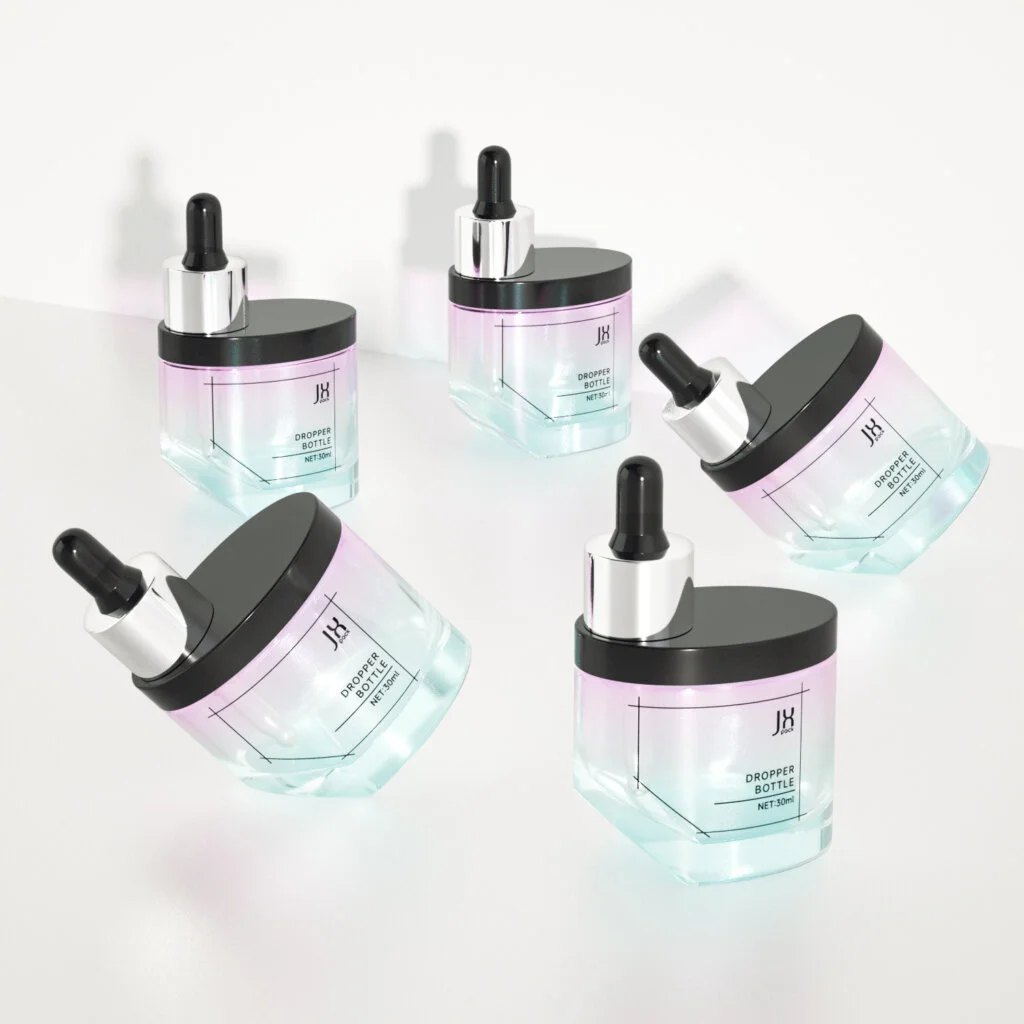The choice between minimalist and maximalist packaging design represents far more than an aesthetic decision—it’s a strategic positioning choice that influences consumer perception, purchase behavior, and long-term brand equity development. Both approaches have demonstrated remarkable success across diverse industries and market contexts, proving that effectiveness depends not on inherent design superiority but on strategic alignment with brand values, consumer expectations, and market positioning objectives.
Minimalist packaging excels at communicating premium quality, sustainability consciousness, and sophisticated taste while reducing cognitive load and enabling efficient purchase decision-making. This approach has proven particularly effective for luxury categories, wellness products, and brands targeting higher-income consumers who value authenticity and environmental responsibility. The apparent simplicity of minimalist design often masks significant investment in material quality, production precision, and design expertise that supports premium positioning and price realization.
Maximalist packaging succeeds through emotional engagement, cultural relevance, and comprehensive information communication that builds consumer confidence and creates memorable brand experiences. This approach performs exceptionally well with younger demographics, gift categories, and brands seeking to disrupt established markets through bold positioning and authentic storytelling. The visual complexity of maximalist design requires sophisticated organization and hierarchy management to avoid overwhelming consumers while delivering effective brand communication.
The future of packaging design increasingly favors hybrid approaches that combine minimalist and maximalist elements based on specific communication needs and consumer contexts. Technology integration, sustainability considerations, and evolving consumer expectations are creating new possibilities for packaging innovation that transcends traditional design categories. Brands that understand these trends and adapt their packaging strategies accordingly will gain significant competitive advantages in increasingly crowded marketplaces.
Success in packaging design ultimately requires deep understanding of brand identity, consumer psychology, and market dynamics rather than adherence to specific aesthetic philosophies. The most effective packaging designs serve authentic brand expression while meeting genuine consumer needs, regardless of whether they achieve these goals through minimalist restraint or maximalist abundance. As consumer expectations continue evolving toward greater authenticity, sustainability, and emotional connection, packaging design will remain a critical differentiator for brands seeking to build lasting customer relationships and sustainable competitive advantage in global markets.



















































